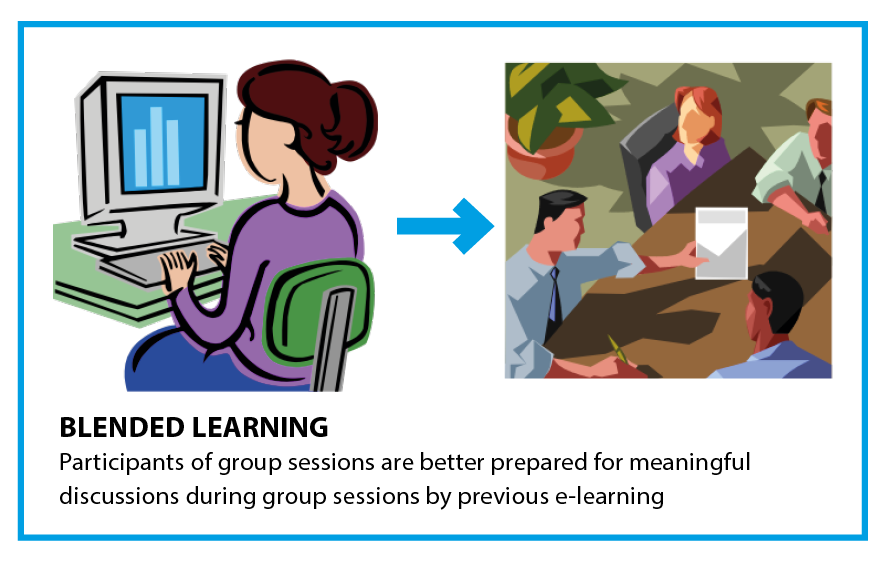
| Theme: 4AA eLearning courses | |||
 |
||||||
| Educating residents in health law: development of a blended learning course | ||||||
|
||||||
Applying health law, part of the Milestone Guide 2015 competency 3.1: Fulfill and adhere to the professional and ethical codes, standards of practice, and laws governing practice, is an important non-medical competency. Recently developed small group learning, enabling discussion with experts from the field, was extended with an e-module.
The e-module provides background knowledge related to cases discussed during small group meetings, thus promoting meaningful conversations. Dilemmas are presented in videos illustrating clinical practice. Roles are played by physicians, nurses, simulation patients and police officers. MC-Questions promote active learning and problem solving. Background information by experts and useful links are offered. Residents complete the e-module at their own pace, with the option to interrupt and look back.

Evaluation of the pilot course with 10 residents, shows a high degree of satisfaction, with an agreement of 4,6/5 ±0,5 (mean±SD) regarding “the e-module is a suitable tool to effectively prepare for the meeting”.
Overall satisfaction was rated 8,5/10 (median; range: 7-9).
Training of general (“non-medical”) competencies is still difficult to implement in clinical training. Blended learning may foster residents’ professional competence adherence to laws and regulations. Authentic learning opportunities in this field are relatively scarce and may be hazardous; being prepared by adequate knowledge and skills is crucial for appropriate professional behavior in difficult situations.
Preparing participants through e-learning aiming for appropriate background knowledge creates room for learning from meaningful experiences from live interaction with police officers and lawyers.

 Send Email
Send Email